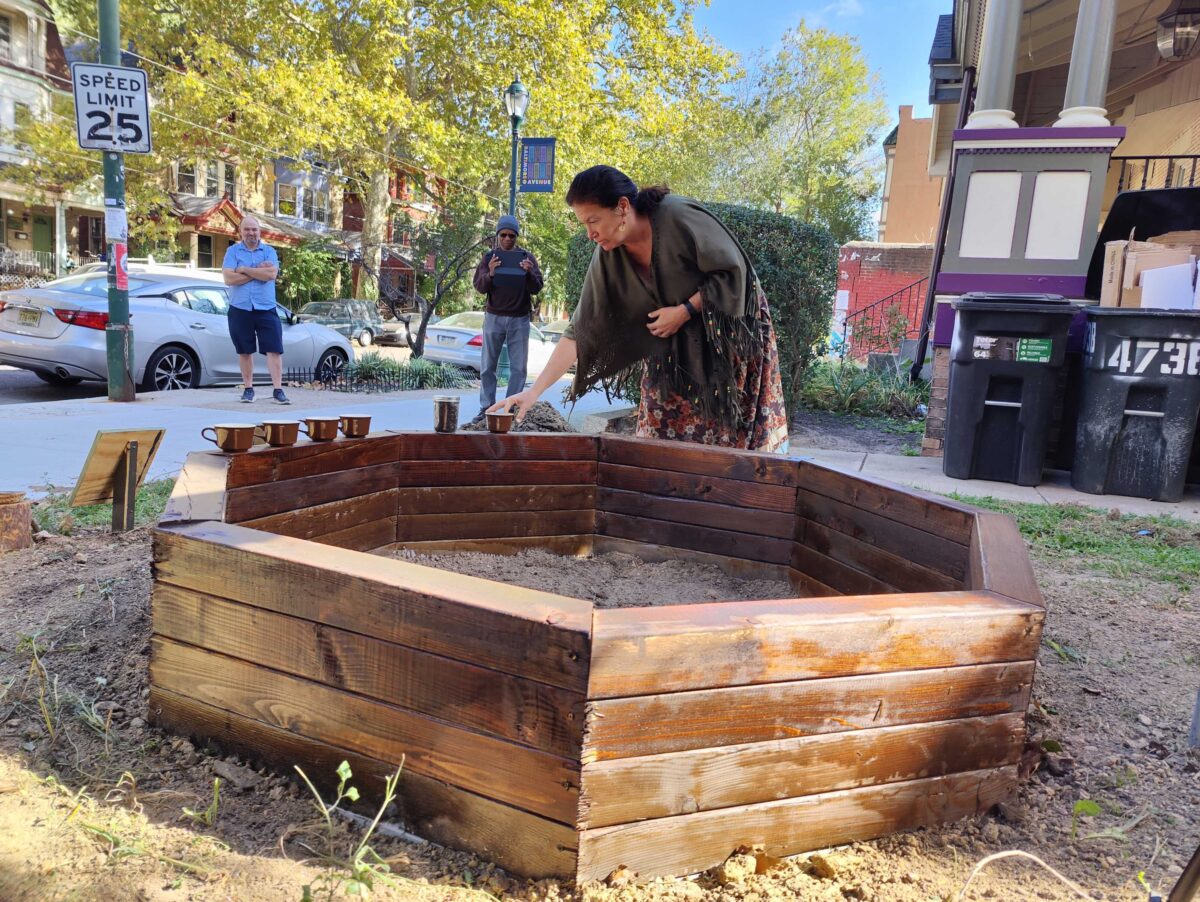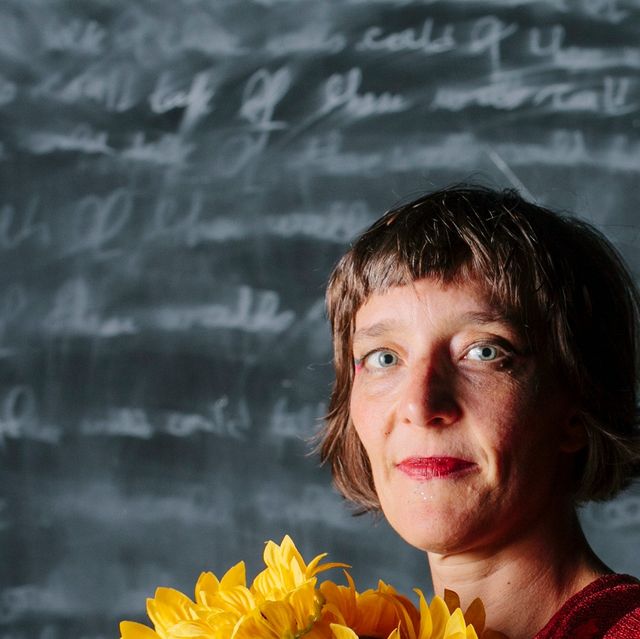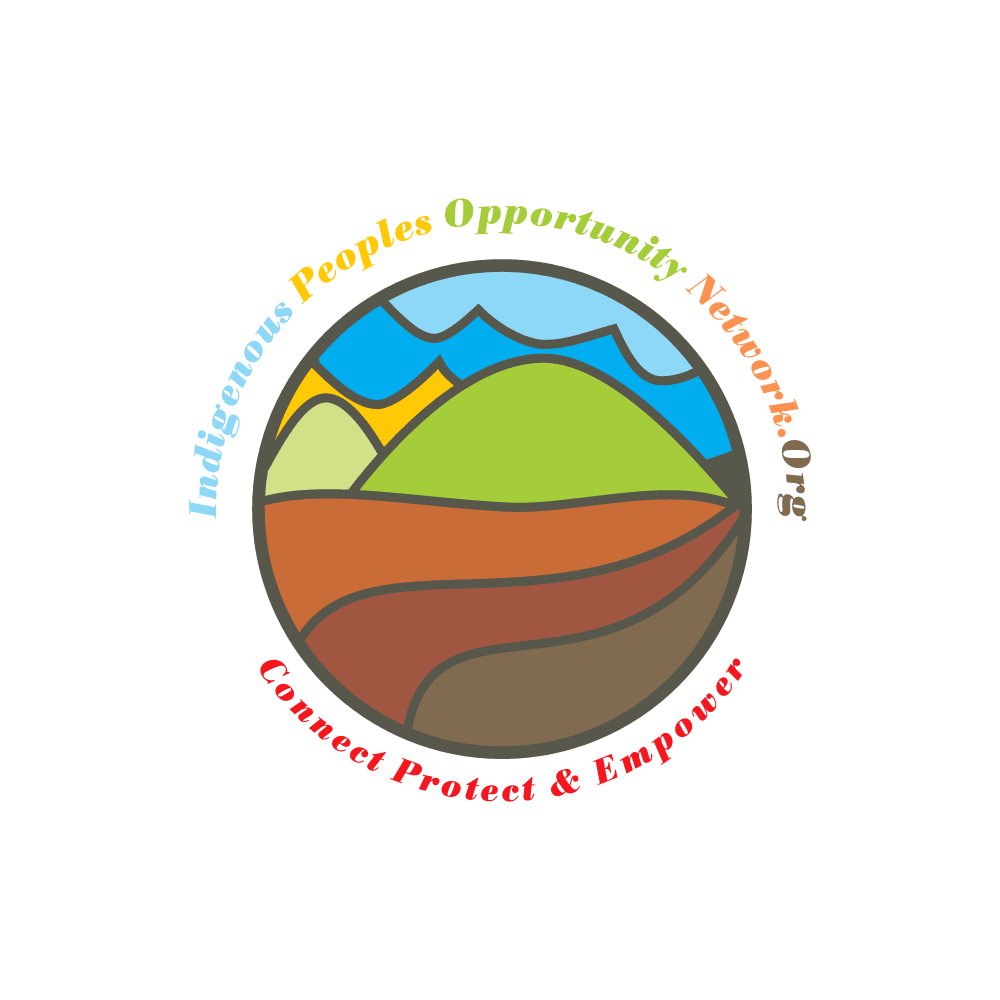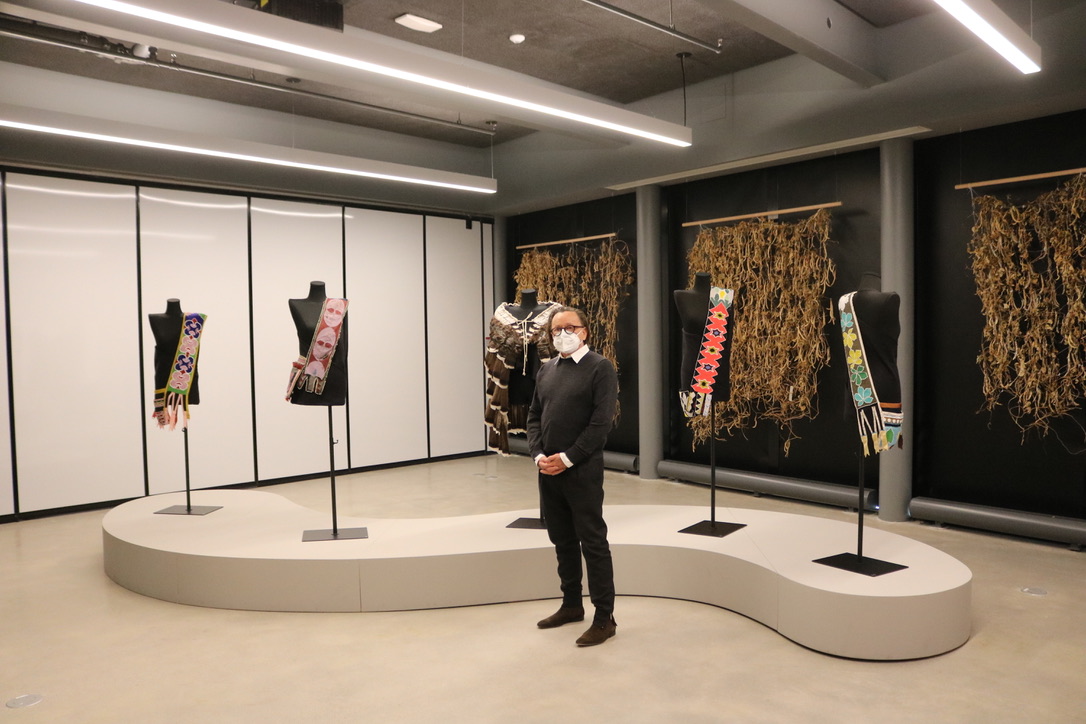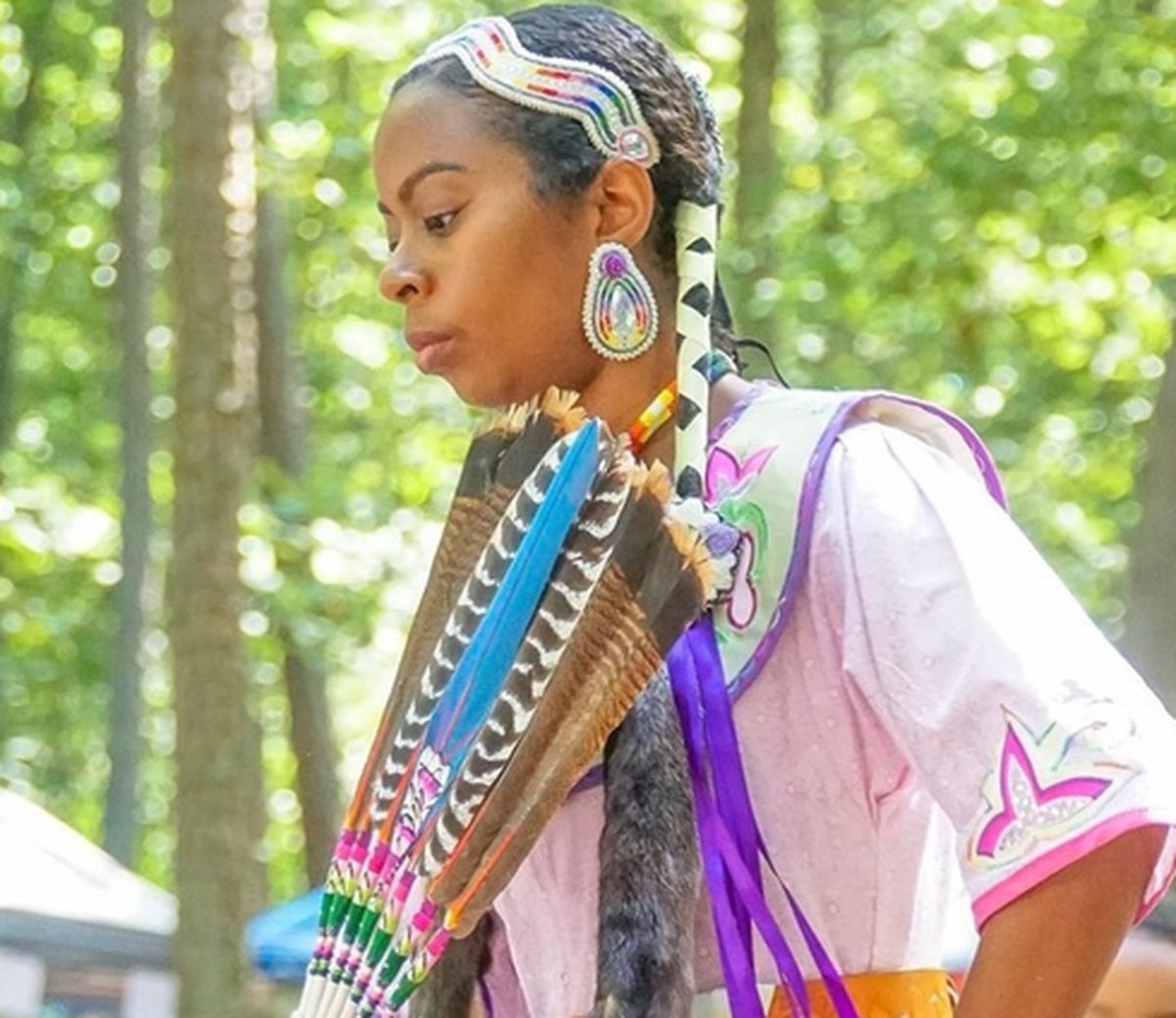Philadelphia
Students, faculty and community activists came out for a Palestine Solidarity Vigil, with signs, banners, chants, speakers and musical instruments, on Indigenous Peoples Day, Oct 14. The vigil took place at the University of Pennsylvania campus, which sits on occupied Lenape territory, known as Lenapehoking.

Indigenous Peoples Day, Philadelphia, Oct. 14, 2024. WW Photo: Joe Piette
Highlights included a speech by a Lenapehoking activist and a talk condemning one of the Pentagon’s and Israeli Occupation Forces’ newest weapons invented by UPenn students and produced at Ghost Robotics. Demonstrators unfurled a long scroll containing the names of 7,000 Palestinians killed by Israel, reading aloud hundreds of their names. (tinyurl.com/2t8cc39m; tinyurl.com/3cv28ber)
Organized by Faculty for Justice in Palestine, the march emphasized the similarities between the struggles of Indigenous peoples, from Turtle Island to Palestine.
Both the U.S. and Israel were founded as European settler-colonial outposts. Both employed systematic dispossession, forced relocation and massacres, resulting in the ethnic cleansing of Indigenous peoples in order to gain control of maximum land and resources for a white supremacist ruling class.
To this day, U.S. imperialists and genocidal Zionists use surveillance, military checkpoints, police brutality, mass incarceration, theft of water and other natural resources, environmental destruction, desecration of burial sites, and cultural erasure and appropriation, and the most extreme violence to deny Native populations the right to live in peace on their own lands.
No to settler colonial projects, from Lenapehoking to Palestine!

